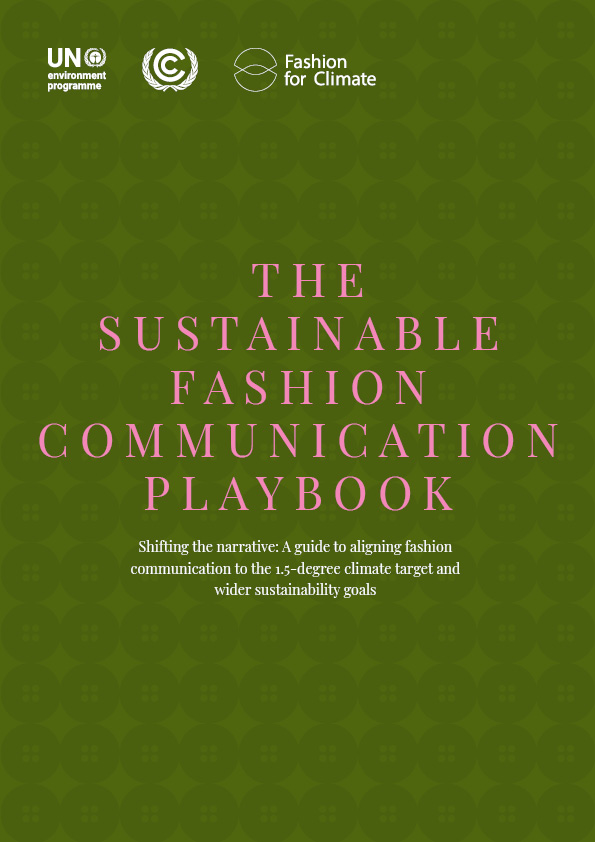AVOIDING BLIND SPOTS: PROMOTING CIRCULAR & FAIR BUSINESS MODELS
A new report by Circle Economy, the European Environmental Bureau and the Fair Trade Advocacy Office launches a debate on what constitutes truly sustainable business models.
The report identifies blind spots in the European textile and electronics sectors, helping policymakers and business leaders understand how they can address the manifold challenges of the post COVID-19 economy.
The report identifies blind spots in the European textile and electronics sectors, helping policymakers and business leaders understand how they can address the manifold challenges of the post COVID-19 economy.
Growing inequality, the climate breakdown and
diminishing resources are challenging our planet and
society. These challenges require major systemic change
in the logic of value creation, with the aim of shaping
new, more responsible business models. The circular
economy is widely presented as an alternative model of
production and consumption that can keep materials,
products and components flowing at their highest value
through our economic system. A circular approach may
therefore help businesses create value by disconnecting
profit from production volume through slowing,
narrowing and/or cycling resources as well as reducing
waste and consumption of virgin materials.
This research provides clarity into some of the
potentially harmful side effects of the linear value
chain and business models which are unaddressed
or underexplored when promoting circular business
models. The report dives into three specific business
model archetypes within the textiles and electronics
sectors that can be considered to slow or close loops
when designed to promote circularity. These cases
include reverse cycles of repair and maintenance, resale
and services such as rental and subscriptions (Productas-a-Service, here referred to as PaaS) both in the
textiles and electronics sectors.
Mapping risks and blindspots of circular business
models and their value chains. The potential negative
impacts of the selected circular business models, the
sourcing and manufacturing processes they rely on,
were identified in relation to environmental, social,
market and governance dimensions through desk
research, literature review, interviews and stakeholder
consultations. Further, related best practices with
mitigating effects have been researched and proposed
throughout the recommendations.
diminishing resources are challenging our planet and
society. These challenges require major systemic change
in the logic of value creation, with the aim of shaping
new, more responsible business models. The circular
economy is widely presented as an alternative model of
production and consumption that can keep materials,
products and components flowing at their highest value
through our economic system. A circular approach may
therefore help businesses create value by disconnecting
profit from production volume through slowing,
narrowing and/or cycling resources as well as reducing
waste and consumption of virgin materials.
This research provides clarity into some of the
potentially harmful side effects of the linear value
chain and business models which are unaddressed
or underexplored when promoting circular business
models. The report dives into three specific business
model archetypes within the textiles and electronics
sectors that can be considered to slow or close loops
when designed to promote circularity. These cases
include reverse cycles of repair and maintenance, resale
and services such as rental and subscriptions (Productas-a-Service, here referred to as PaaS) both in the
textiles and electronics sectors.
Mapping risks and blindspots of circular business
models and their value chains. The potential negative
impacts of the selected circular business models, the
sourcing and manufacturing processes they rely on,
were identified in relation to environmental, social,
market and governance dimensions through desk
research, literature review, interviews and stakeholder
consultations. Further, related best practices with
mitigating effects have been researched and proposed
throughout the recommendations.

